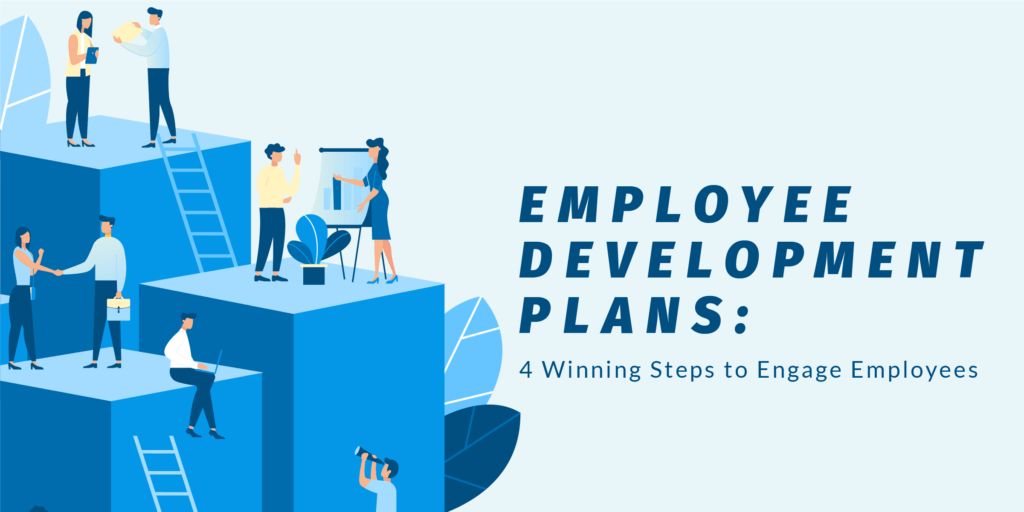
Employees change jobs every four years, sometimes due to dissatisfaction or feeling unfulfilled. This turnover can be costly for companies, as it can take up to six to nine months of salary to replace an unhappy employee. Despite this, many companies fail to take action to address this issue. Implementing a personal development plan can help improve employee engagement and satisfaction.
Personal development plans have several benefits. They allow you to identify and address skill gaps, determine training needs, and make employees feel valued. By prioritizing learning and growth, you can increase employee engagement and productivity. The Society for Human Resource Management emphasizes the importance of training, professional development, and career growth in keeping employees engaged and competent.
To create effective employee development plans, start by assessing your employees’ current capabilities and potential for growth. Tools like AssessTeam and Lattice can support this process by providing productivity reports and feedback. Conduct a skills gap analysis to determine areas where additional training is needed. Focus on employees with potential for growth and invest in their development.
Create a plan that outlines the stages of implementation: before, during, and after. Before implementing the plan, set specific goals and objectives. During the implementation phase, consider logistics such as shift coverage and training costs. After the plan is completed, evaluate employee development and provide opportunities for them to apply new skills.
Align your development plans with your business goals and consider the abilities and potential of your team. Seek transparency with your employees by sharing your goals and involving them in the process. Motivate employees to participate in training through incentives or mandatory participation.
Utilize plan templates to streamline the process. There are many available online, such as Indeed, Smartsheet, and SigmaAssessmentSystems templates. Match the training methods to the needs and potential of each employee. Options include coaching, mentoring, job shadowing, cross-training, microlearning, and on-the-job training. Use learning management systems (LMS) or learning experience platforms (LXP) to organize and deliver training. Online live training tools, such as Zoom and JoinMe, can also be beneficial.
By implementing well-designed personal development plans, you can improve employee retention, engagement, and overall workplace culture. Take the time to build these plans, align them with your business goals, and make them part of your regular review process. It’s time to get started!
Hello!
I’m Andrew Brooks, a seasoned finance consultant from the USA and the mind behind phonenumber247.com.
My career is built on a foundation of helping individuals and businesses thrive financially in an ever-changing economic landscape. At phonenumber247.com, my aim is to demystify the complex world of finance, providing clear, actionable advice that can help you navigate your financial journey with confidence. Whether it’s personal finance management, investment strategies, or understanding the nuances of market dynamics, I’m here to share insights and tools that can propel you towards your financial goals.
Welcome to my digital space, where every piece of advice is a step closer to financial clarity and success!
